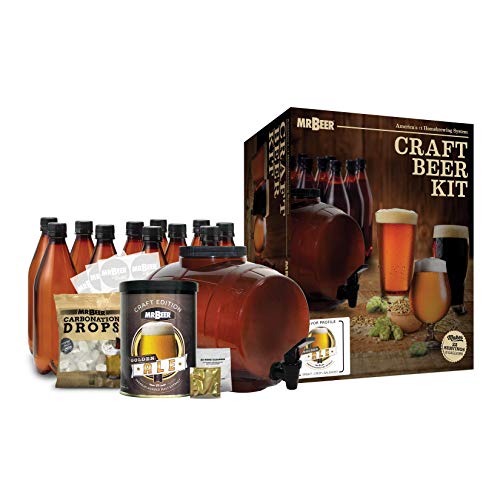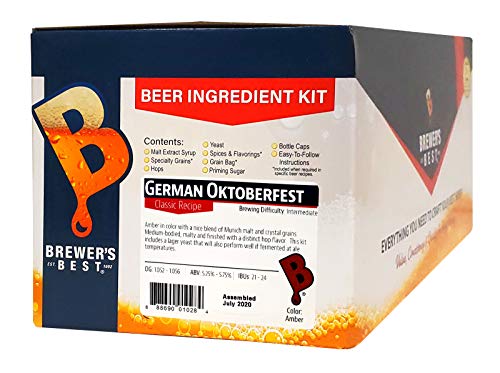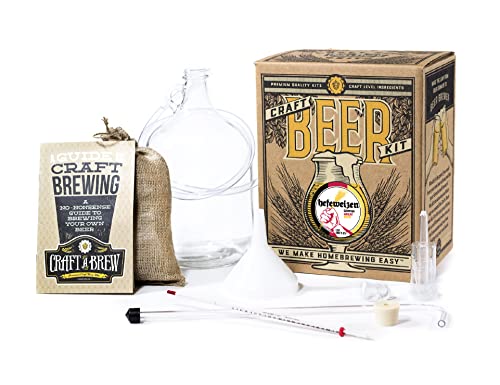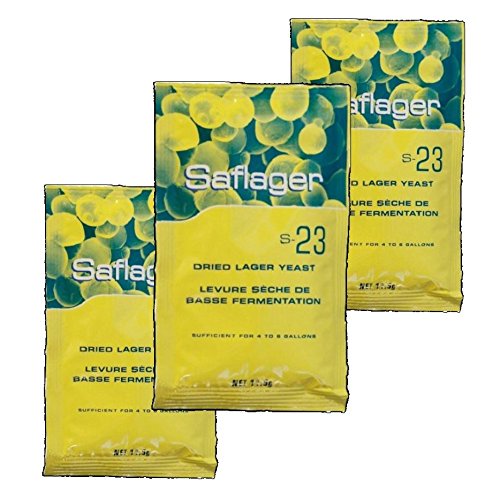-
Brew Kettle: A large pot for boiling your wort.
-
Fermentation Vessel: A bucket or carboy where your beer will ferment.
-
Hydrometer: To measure the specific gravity of your home brew beer.
-
Thermometer: Essential for monitoring fermentation temperatures.
-
Airlock: Keeps air out but lets CO2 escape during fermentation.
-
Siphon and Bottling Equipment: For transferring and bottling your beer.
-
Pilsner Malt: The base malt for a light, crisp beer.
-
Hops: Typically Saaz or Hallertau for that authentic pilsner flavor.
-
Lager Yeast: Lager yeast is crucial for achieving the right taste in your home brew beer.
-
Water: Good quality water can make or break your beer.
$15.54
4.6 out of 5 starsFermentis Saflager S23 Yeast for Pilsners 11.5g
Unlock the true potential of your Pilsner with this premium lager yeast for a crisp and refreshing brew
Product information
Product Review Score
Product links
-
Mashing:
-
Heat water to around 152-154°F. Add your pilsner malt to create the mash. This step converts starches into fermentable sugars, which is the heart of your home brew beer.
-
-
Lautering:
-
Separate the liquid wort from the grains. This process should be done slowly to avoid extracting harsh tannins.
-
-
Boiling:
-
Boil the wort for about 60-90 minutes. Add hops at different stages; bittering hops go in at the beginning, flavor hops in the middle, and aroma hops near the end. This is where the magic of beer making happens.
-
-
Cooling:
-
Rapidly cool the wort to fermentation temperature, around 50°F for lagers, to prevent contamination.
-
-
Fermentation:
-
Transfer the cooled wort to your fermentation vessel, pitch the yeast, and seal with an airlock. Pilsners require a longer, cold fermentation, often taking 4-6 weeks for clarity and flavor development.
-
-
Conditioning:
-
After primary fermentation, you might opt for lagering, which involves keeping your beer cold for several weeks to mature.
-
-
Bottling or Kegging:
-
Add priming sugar to carbonate your beer naturally, then bottle or keg. Age for another few weeks at cool temperatures to allow flavors to meld.
-





